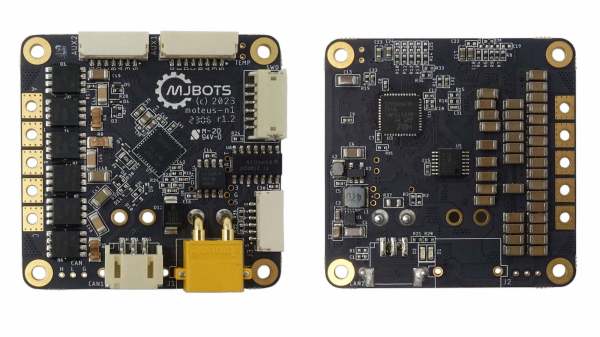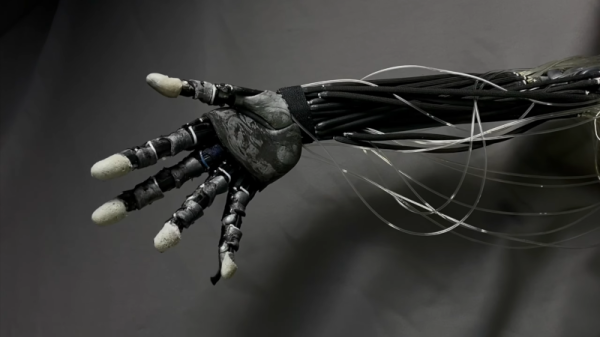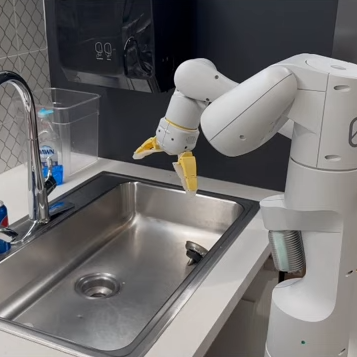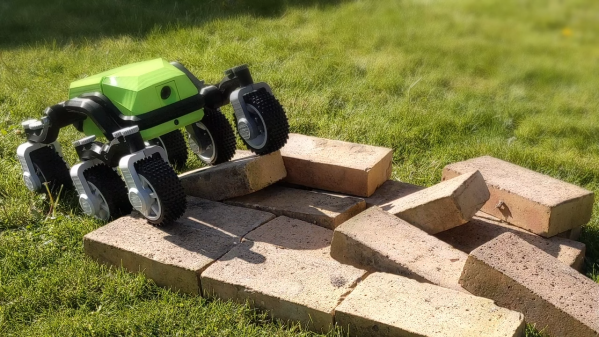[Cranktown City] uses a number of custom-built linear rails used as gantries for various tools in the shop. The first is on a plasma cutter, which is precise but difficult to set up or repair. Another is for mounting a camera, and while it is extremely durable, it’s not the most precise tool in the shop. Hoping to bridge the gap between these two, he’s building another gantry with a custom bearing system, and to test it he’ll be using it to create patterns in icicles hanging from an eave at his shop.
While this isn’t the final destination for this gantry, it is an excellent test of it, having to perform well for a long period of time in an extremely cold environment. The bearing system consists of a piece of square steel tubing turned 45° inside another larger square steel tube and held in place with two sets of three bearings with V-shaped notches. To drive the gantry he is using a motor with a belt drive, and for this test a piece of drip irrigation is mounted to it which lets out a predetermined amount of water on top of the roof to create numerous icicles beneath with various programmed lengths.
After a few test runs the gantry system can create some icicles, although they don’t have the exact sine wave shape that [Cranktown City] programmed into it. They are varying lengths though, and with no more cold days in the forecast he’s called it a success. This isn’t the final destination for this robotic linear gantry, though, but it did help him work out some of the kinks with it beforehand. For other sources of inspiration, take a look at this linear rail system also used for driving various robotic tooling.



















